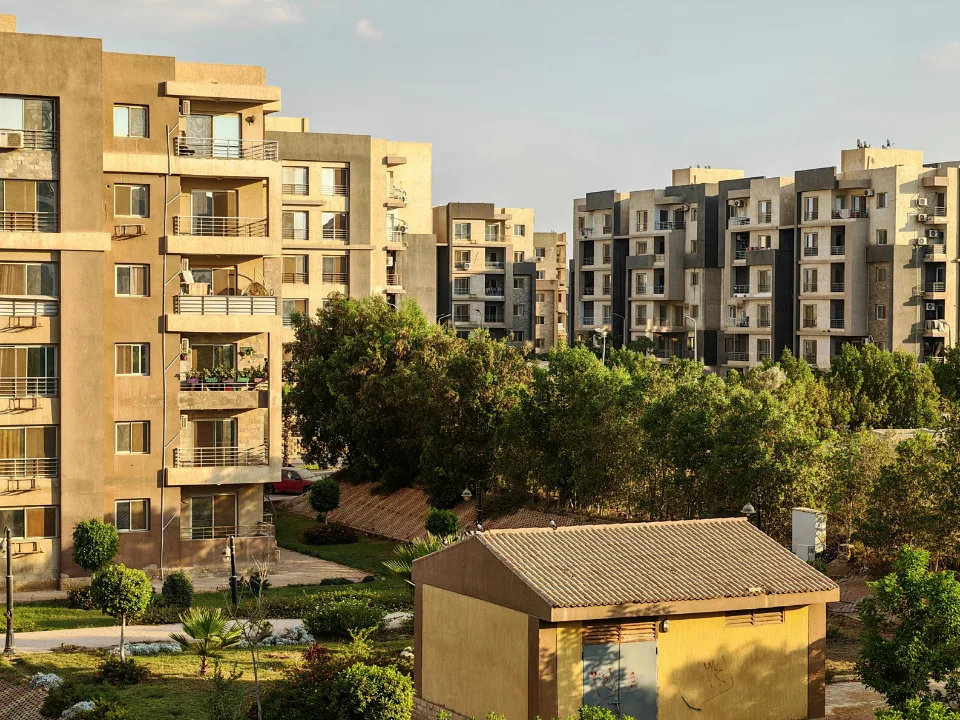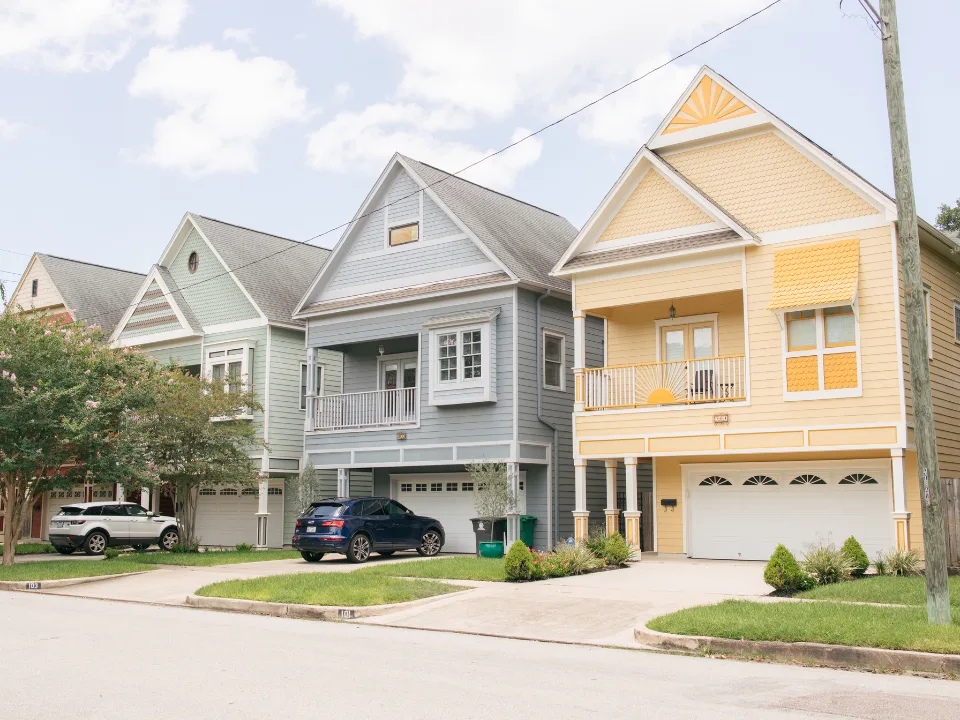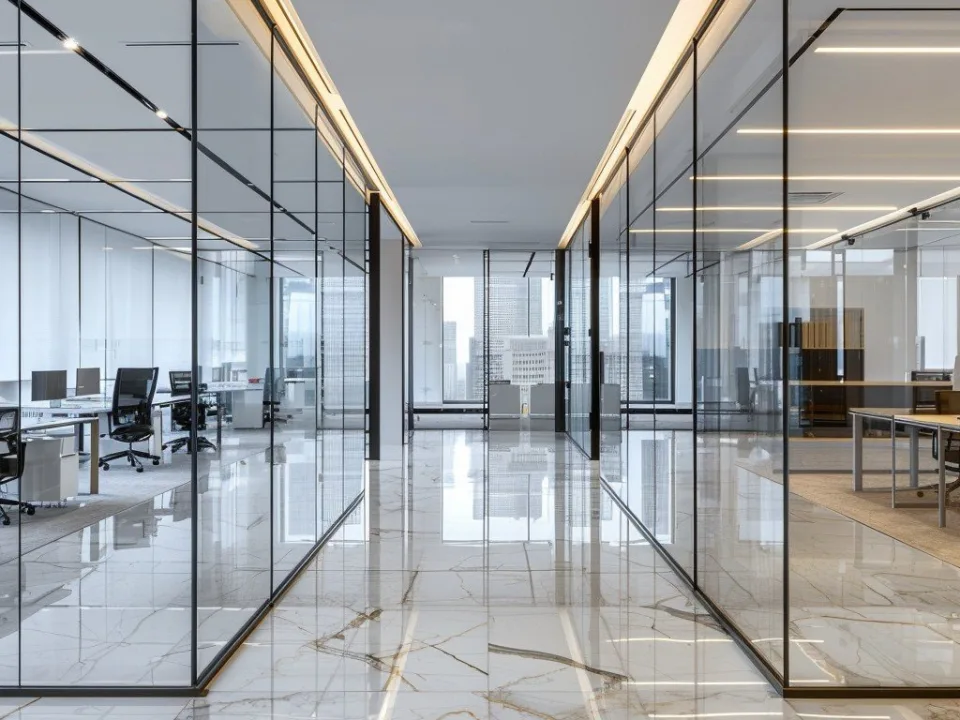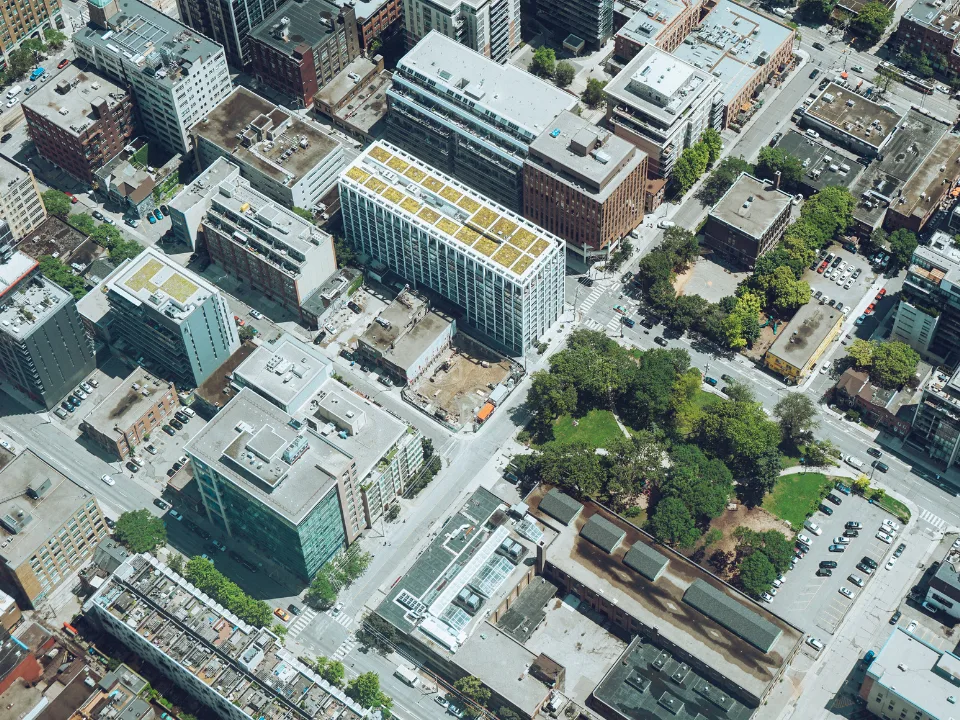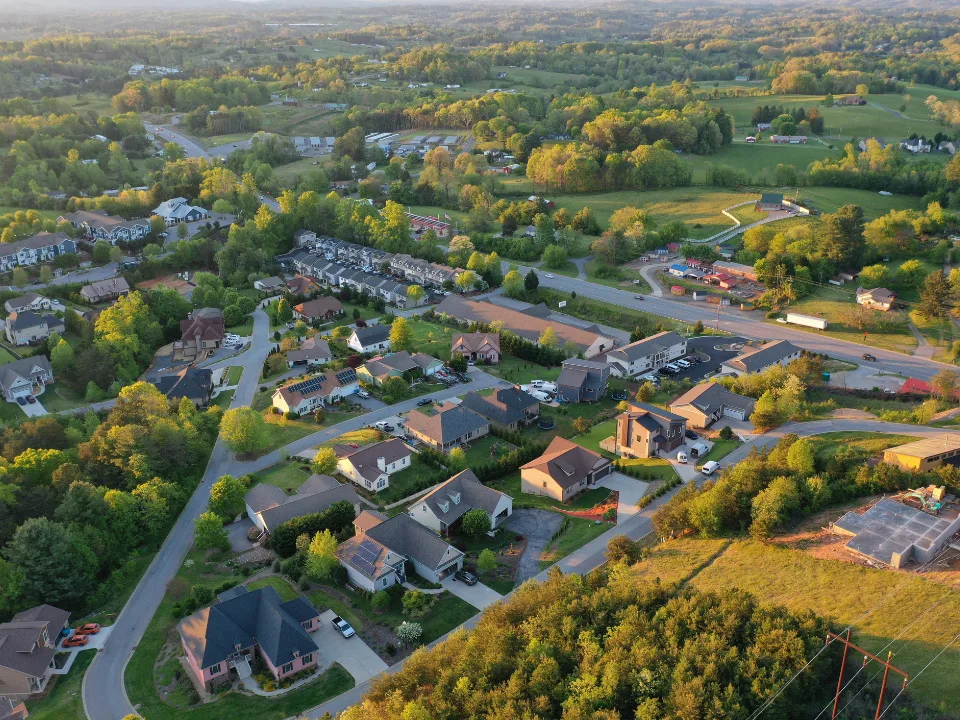- Trump’s new 25% tariffs on steel and aluminum could raise construction costs, discouraging new multifamily developments in oversupplied Texas markets like Austin and Dallas-Fort Worth.
- Slower construction may ease the sharp rent declines seen since 2022 by limiting new supply, potentially stabilizing or even pushing rents higher.
- Developers face added uncertainty as Trump considers tariffs on Canadian lumber, a move that could further impact low-rise apartment construction.
A flood of new apartments after the pandemic pushed Texas multifamily rents downward faster than most US metros, reports The Real Deal. Now, new tariffs on critical building materials could slow construction, providing some relief to struggling landlords.
Tariffs Enter the Scene
President Donald Trump’s recently imposed 25% tariffs on imported steel and aluminum are poised to increase construction costs for multifamily projects. According to Realtor.com, these higher expenses could cause developers to delay, cancel, or rethink new projects, especially in oversupplied markets like Austin and Dallas-Fort Worth.
Construction Slowdown Looms
Material price spikes—steel, lumber, and electrical components have already jumped 5 to 10 percent this year—are making developers wary. Financing is tightening too, as lenders grow cautious amid cost uncertainty, according to Steve Triolet of Partners Real Estate. The pullback could slow new multifamily supply by 2026, potentially stabilizing rent and helping balance supply and demand.
In Dallas-Fort Worth, where multifamily vacancy reached a 20-year high of 11.2 percent alongside falling rents this year, developers are already considering delays. Suburban areas like Frisco might weather the storm better than urban cores, but all face risks.
Get Smarter about what matters in CRE
Stay ahead of trends in commercial real estate with CRE Daily – the free newsletter delivering everything you need to start your day in just 5-minutes
Not All Properties Are Equal
Low-rise apartments, which use more lumber than steel, might initially avoid the worst of the cost hikes. However, Trump has ordered an investigation into wood imports, signaling possible tariffs on lumber by late November. If imposed, lumber tariffs could widen the construction slowdown to suburban and low-rise markets too.
About 85% of softwood lumber in the US comes from Canada, leaving developers highly vulnerable to changes in trade policy.
Why It Matters
With fewer new apartments coming online, Texas’ multifamily rent decline could bottom out sooner than expected. Higher construction costs, tighter financing, and delayed projects could tighten rent supply and give landlords more pricing power heading into 2026.
What’s Next
Watch for further tariff developments, especially on lumber. If broad tariffs take hold, Texas multifamily construction could see a notable slowdown, reshaping rent trends and the rental market’s trajectory over the next 12 to 24 months.
